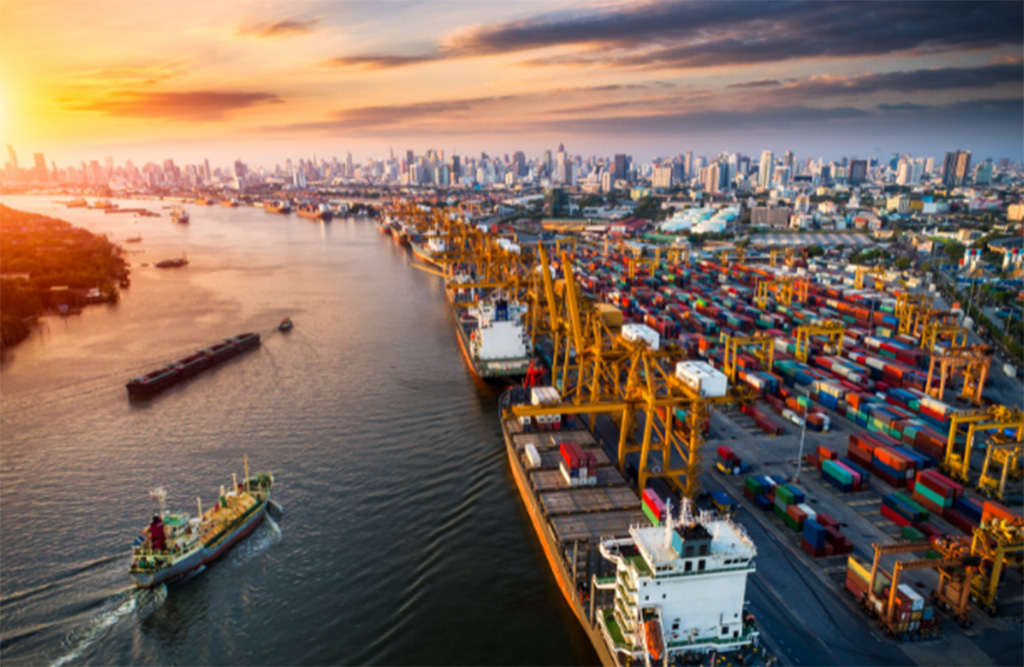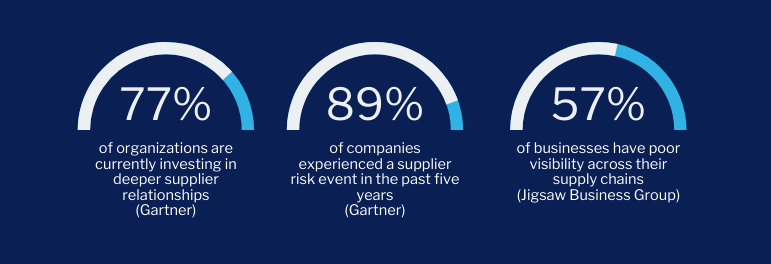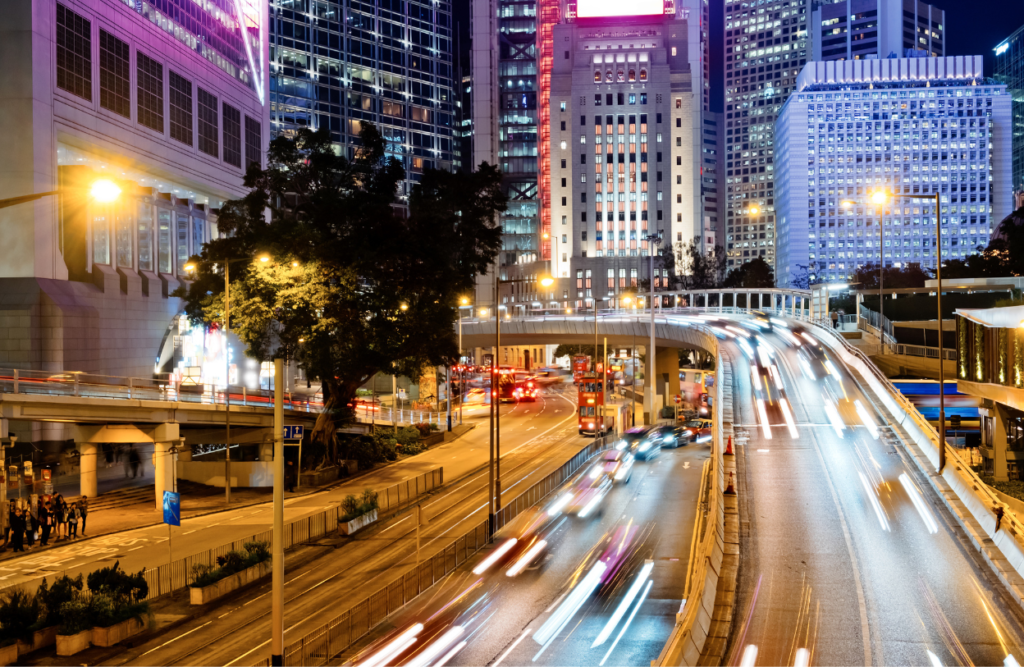3 Things to Consider When Developing a Supplier Risk Mitigation Strategy

It’s nearly impossible to navigate a supply chain career without having experienced a supplier disruption at some point. Supplier disruptions come in many forms and range in severity. At best, a supplier disruption forces manufacturers to order materials from a secondary supplier for a brief period. At worst, they halt production for extended periods and can even threaten to shutter a business.

Because of their potentially catastrophic consequences, most organizations develop and adopt comprehensive supplier risk strategies. Below is a list of considerations taken into the account.
Market Risk: Compliance, brand, financial and market exposure
It is imperative that an organization’s suppliers are “compliant with the regulatory requirements or the commercial undertakings associated with sourcing, outsourcing or offshoring arrangements in the jurisdictions they operate” (pwc.com). If a supplier delivers a sub-par product or fails to deliver completely, it is the brand owner, not the supplier, that takes the hit.
Performance Risk: Ongoing supplier quality and financial viability concerns
In today’s dynamic business environment companies are acquired, go out of business or shift strategies continuously. This calls for ongoing vigilance. Suppliers need to be constantly monitored to avoid disruptions caused by bankruptcies, performance issues, ownership changes, labor strikes, etc.
Environmental Risk: Geopolitical and severe weather
Political instability can have sudden and sweeping impacts on sourcing relationships. One trade regulation or trade sanction can immediately sever a sourcing relationship that had been in place for decades.
When selecting suppliers, consider if and how they are at political risk. Also, think about how political dynamics are likely to play out over the long term. Is there a chance of a major political revolution or swing from left to right, for example? What sort of trading policies are likely to be put into place over the next few political terms?
Lastly, natural disasters pose a massive threat to suppliers and can completely devastate entire regions when production centers experience fires, floods and earthquakes. The challenge with natural disasters is that they’re hard to predict. While certain countries are more exposed than others, recent global events have shown nowhere is immune. What’s important is that companies limit their risk by spreading outsourcing activities. This means that if one area is hit, the supply chain can be re-routed through another center.
Companies need an overall framework states PWC “that enables them to manage supplier risk throughout the sourcing lifecycle. When looking at present and future suppliers are you managing risk effectively? Do you have clear visibility of all stages and suppliers in your supply chain? Do you regularly monitor the operational, ethical and financial risk and performance of your suppliers? The end goal is to encourage cost-effective sourcing, while ensuring the risks and accountability for end-to-end sourcing and service delivery are visibly defined, managed, monitored and understood by both your company and your supplier.”
Know what you don’t know.
© 2024 TransVoyant, Inc. All rights reserved.



